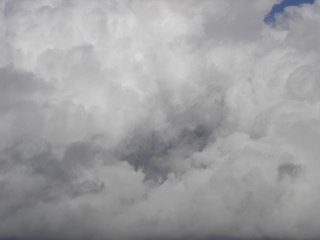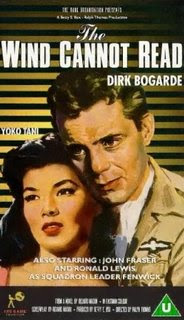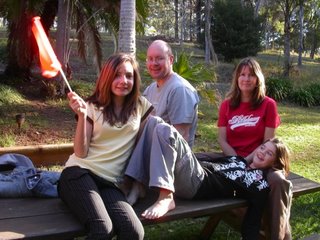Before my relocation to the United States, I lived in Goulburn from 1988 to 1993, teaching (and, in many ways, learning) at Sts. Peter and Paul’s Primary School.
Leaving my friend Garth's place in Wollongong on Monday, August 21, I drove a Budget rental car to the township of Exeter – 50 km northwest of Goulburn. Here I visited and stayed with my friend Kerry, who lives on a small acreage on the outskirts of Exeter.


Exeter is quite close to the beautiful Morton National Park and, in particular, Fitzroy Falls.




One of Kerry’s numerous creative talents is her ability to capture the beauty of Australia’s unique flora through photography. Below is an example.

Tuesday, August 22 and Wednesday, August 23 were spent in Goulburn, the “Wool Capital” of Australia.


While in Goulburn I caught up with a number of friends from my teaching days.

Above: With friends Annie and Joe, their daughter, Ingrid, and Cathy. I taught Ingrid when she was in both fourth and fifth class (1990 and 1991 respectively). She now has a successful career in law in nearby Canberra.

Above: With Gerry and Cathy. Gerry was a friend and colleague at Sts. Peter and Paul’s Primary School. He continues to dedicate his time and gifts to the young people at the school. Cathy is a good friend with whom I studied part-time at the Australian Catholic University in Canberra in 1990-91. When teaching at Sts. Peter and Paul's, I taught two of Gerry and Cathy's three children, Jacinta and Bernard.
Another good friend I caught up with while in Goulburn was Jackie, who served as assistant principal at Sts Peter and Paul’s when I was teaching there. Jackie’s now retired though keeps busy, in part, with her involvement in “Spirituality in the Pub” (SIP).
Founded in 1994 by Catalyst for Renewal, a group of Australian Catholics working for renewal within the Church, SIP has been described as informal dinner, speaker and conversation events held in suburban and country pubs.
As Muriel Potter of The Age notes, the SIP movement began in Sydney and is “quietly on the rise.” And the reason for this? “SIP,” writes Potter, “gives Catholics a safe and welcoming place where they can listen to each other’s ‘longings, insights, questions, needs and aspirations’.” Such a description reminds me of the ministry work of CPCSM back in Minnesota.
The growing Spirituality in the Pub movement , observes Potter, is also one more example of a version of “religionless Christianity” developing on the margins of the institutional church (or kyriarchy*) as it faces increasing numerical decline.
In Goulburn, my friend Jackie and others are planning a SIP event for September 12 – one which will feature theologian, author and broadcaster Paul Collins. I plan on returning to Goulburn for this event.
NEXT: Paul Collins and Marilyn Hatton.
See also: Goulburn Landmarks, Goulburn Reunion, and Remnants of a Past Life.
* Notes Catholic theologian Mary Hunt, “ ‘Kyriarchy’ is a term coined by Elisabeth Schüssler Fiorenza. It means, literally, structures of lordship. It denotes the interstructured forms of oppression – gender, race, class, nationality, sexuality and the like – that result in power differences and injustice. Kyriarchy is used to distinguish the hierarchical, clerical model of church from the larger Catholic community. Fiorenza includes a useful discussion of kyriocentrism in her Wisdom Ways: Introducing Feminist Biblical Interpretation, Maryknoll, NY: Orbis Books, 2001.”








































